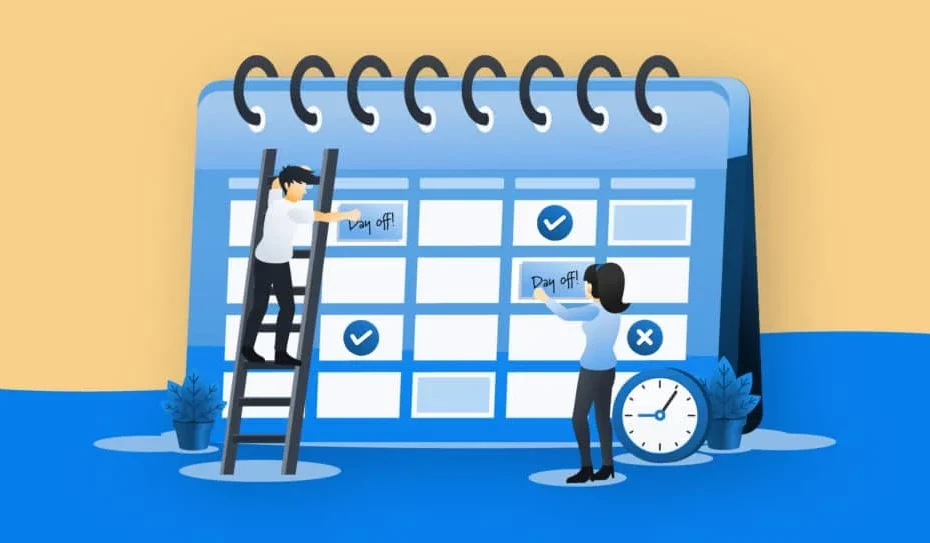In the dynamic world of today’s job, flexibility is essential. A company’s decision to switch to a new vacation calendar system is an indication of advancement, effectiveness, and a dedication to maintaining leadership in the field of personnel management. To guarantee a seamless transition without interfering with business operations or adding needless stress to staff, it is imperative that this transition be handled skillfully.
1. Knowing Why Change is Necessary
It is crucial that management comprehends the need for the change before starting the transformation. It can be to make the interface more user-friendly, increase accuracy, or better integration with other systems. This comprehension is the cornerstone around which the whole transition process is constructed.
2. Clear and Open Communication
Open communication is the foundation of any successful transformation. Notify the staff of the impending change as soon as the decision is made. Give a detailed explanation of the changeover’s motivations, advantages, and schedule. Transparency sets a positive tone for the transition by reducing worries and fostering trust.
3. Education and Training
Give workers knowledge to empower them. Provide them with thorough training so they are accustomed to the new vacation scheduling system. Talk about typical problems and give useful examples so that everyone knows how to use the new interface. Providing staff with interactive workshops or virtual instruction will greatly boost their comfort level when utilizing the new system.
4. Support and Assistance
A change might be intimidating, and staff members may have worries or queries. Provide a help system for staff members to use, like an internal chat platform or a dedicated helpline. Having competent employees on hand to quickly respond to questions helps stop small problems from getting worse and guarantee a more seamless transition.
5. Input and Feedback
Implement the new calendar system in a pilot programme with a subset of staff before making it available to the entire organisation. During this stage, you can find any bugs, evaluate the user experience, and get input. Take careful note of this input and implement the required changes to improve the system’s usability and functionality.
6. Transition Phase with Two Systems
Think about implementing a dual system period during the changeover, during which the old and new vacation calendars are both in use. Because of this overlap, which acts as a safety net, managers and staff may adjust to the new approach without interfering with current leave management procedures. To prevent misunderstandings, make sure everyone knows when the dual system period ends.
7. Post-Transition Support
Continue to support the transition even after it is finished. Provide retraining sessions to staff members that want further direction. To ensure that the staff is at ease with the new system, keep a feedback line available and often check in with them. To keep a positive work atmosphere, take immediate action to address any unresolved issues.
8. Recognizing Achievements
Celebrate the success of the transition when it is executed correctly and staff members have adapted to the new system. Recognise the workforce’s adaptability, resilience, and teamwork. Acknowledgment creates a feeling of achievement and highlights the value of collaboration in managing big organisational changes.
Conclusion
The process of switching to a new vacation calendar and different day off system requires careful planning, clear communication, and steadfast employee support. Companies can guarantee a smooth transition that not only modernizes their processes but also fortifies the trust between the organization and its people by placing a high priority on openness, education, and continuing support. A more effective, productive, and harmonious work atmosphere is created when change is embraced strategically, laying the groundwork for future success.
